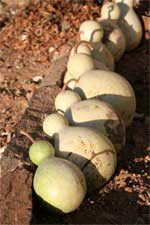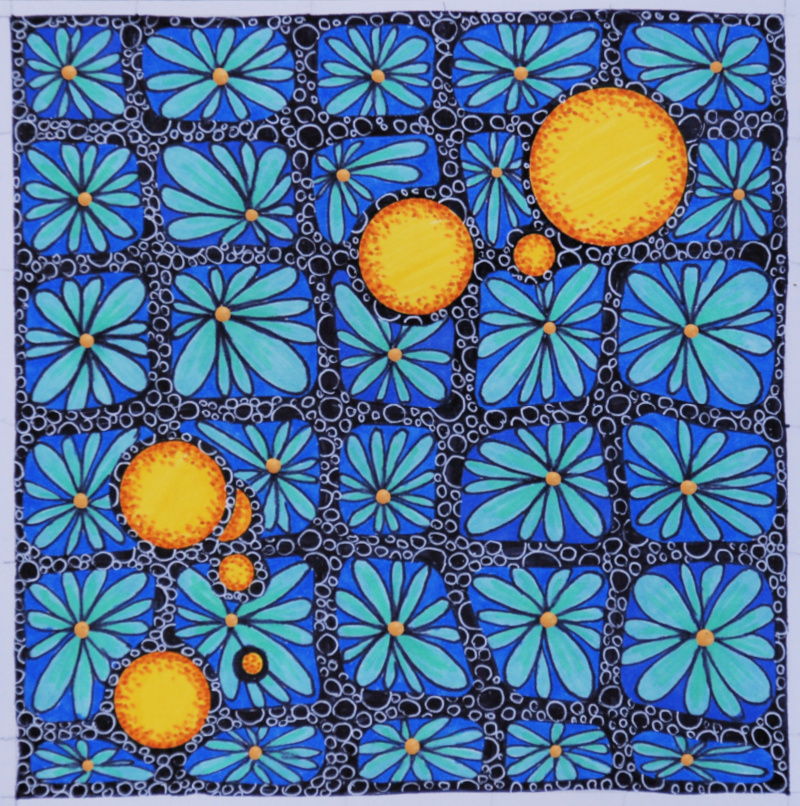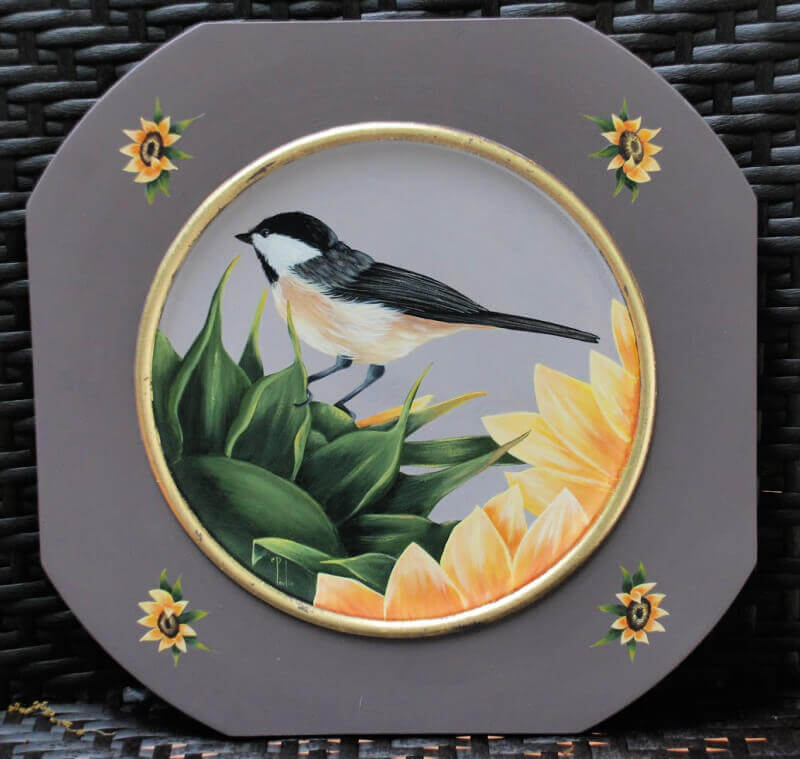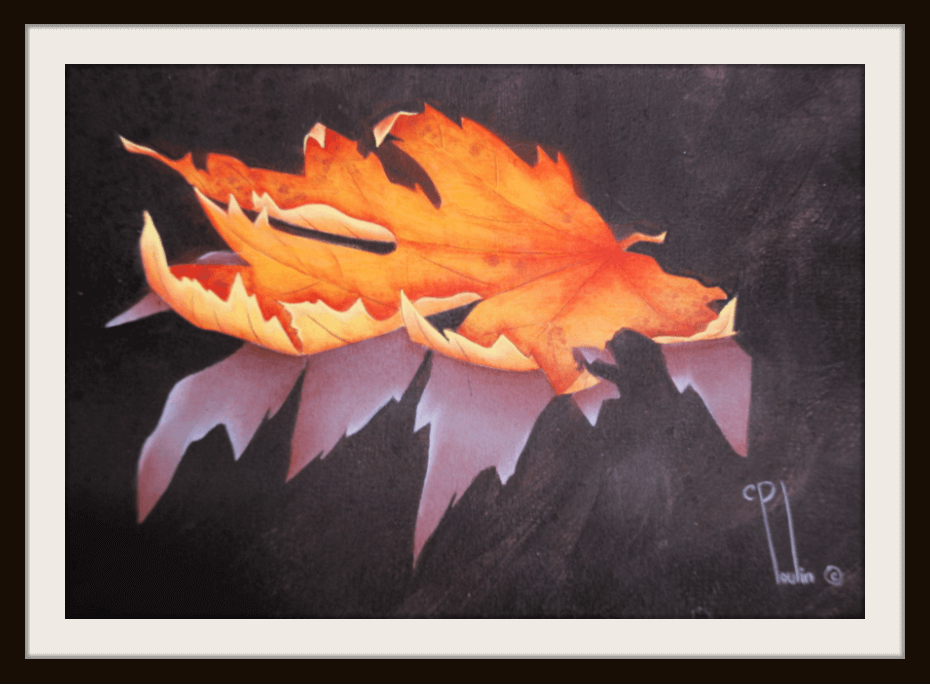DRYING GOURDS
Everything you need to know!

When it comes to drying gourds for decorative painting you have to take a few things into consideration. Mainly there's the time involved and the space you'll need.
Although the process for drying gourds is not complicated, there are some fundamental things to know.
No matter what you do and how diligent you are, up to 50% of your gourd harvest will rot. That's just a fact.
And, all gourds as they dry will grow a layer of mold. This is
natural. So, if you're allergic to mold, it's something to keep in
mind.
When your gourds are ready you will have to do another step. Yes... it's a must...
you'll have to clean them.
But for now let's just discuss drying gourds.
For many eons, gourds have been drying without the help of man. Yep, just drying all by themselves out in the fields.
Some gourd experts say that leaving them to dry on the vine produces a better quality gourd!
We're just mentioning this so that you get the idea that there's not a whole lot to fuss about.
One of us once placed a small gourd on top of the fridge. It was forgotten until two months later, when during a major kitchen cleaning, it was re-discovered!
It was moldy but not rotten and the seeds could be heard rattling inside. The little gourd was cleaned and ready to paint.
Gourds on average require 3 to 6 months to dry.
If you're harvesting gourds, we suggest picking them after the first frost, leaving attached a 2-inch length of stem. You can also dry a store-bought gourd.
The key thing to remember for your gourds is to have lots of air circulation. If you're drying many, it's recommended you leave ample space around each one. Which brings us to where do you put these gourds while they're drying?
Your drying gourds need to be set up on a surface that won't be damaged, should some of them rot. Try to avoid cellars or small rooms with poor airflow.
Oh, and they're really stinky when drying. The best place for the drying and curing cycle is outdoors in a place like a wood shed or up on a wood palette in a sunny spot.
Freezing won't hurt the gourds.
If the gourds are mature, it won't hurt them to freeze. It'll just
slow the drying time. You might consider covering the drying gourds
with a tarp to keep the snow off, though.
Whatever you do and no matter what anyone says... please RESIST THE URGE
to scrape the skin of a gourd in the hopes of speeding up the drying
time.
The skin serves as a protective layer. You'll only invite rot if you remove it.
Likewise, it's best not to cut holes in it either. OK, the gourd may
dry faster but it won't cure properly. It's the cured gourds that last
for decades. A speed-dried gourd won't last very long at all.
The moisture evaporates from the drying gourds through their stems and
skins. So even though the skin is very thick and tough, it will dry in
good time.
Most of the water will escape through the stems which are very porous... that's why you need to leave stems intact.
Mold is unavoidable. Mold does not mean your gourd is rotting. The
mold will dry in place over time. When you clean the gourd it will
leave pretty patterns on the surface.
The things to watch out for are spongy spots. That means a gourd is rotting and it's best to get rid of it. You can't save it.
Your gourds are dry and ready to clean when you can hear the seeds rattle inside!
For more information feel free to contact us here.
Let's leave Drying Gourds and go to Gourd Painting.
Return to our Decorative Painting Home Page.
You Can Paint These Trees and More
Get Your Video Course Now
Introductory Price
Save 55% plus
a Money Back Guarantee
Site Search
| site search by freefind | advanced |
You Can Paint These Trees and More
Get Your Video Course Now
Introductory Price
Save 55% plus
a Money Back Guarantee












New! Comments
Have your say about what you just read! Leave me a comment in the box below.